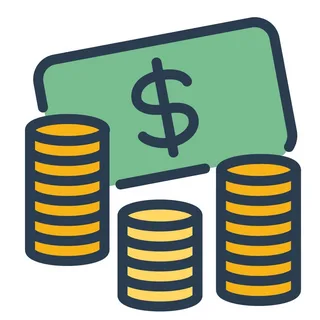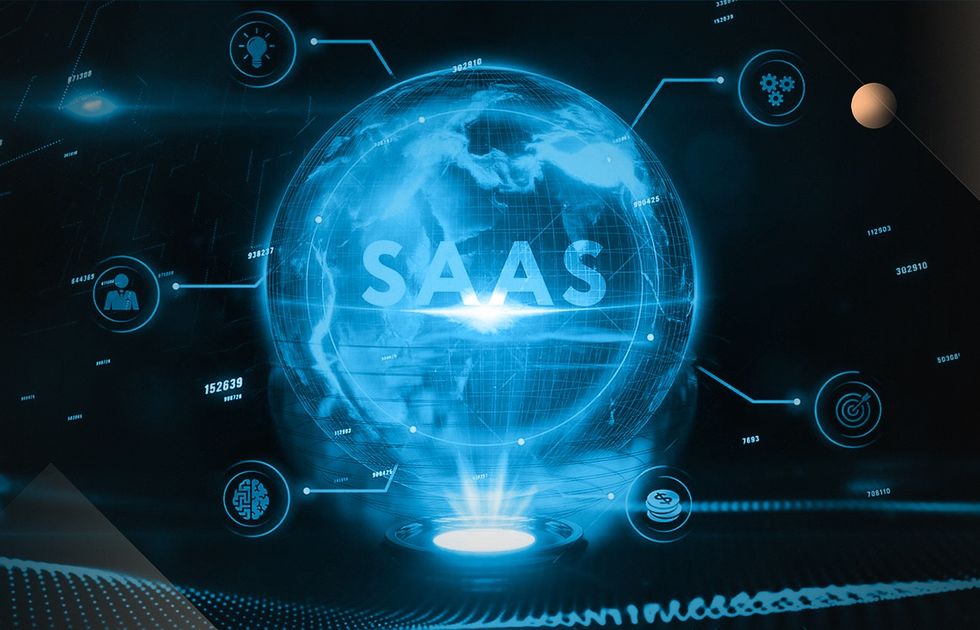One of the most burning questions among aspiring SaaS entrepreneurs is, “how much will it cost to develop an app?”. However straightforward, capital costs are an important consideration for motivated startup founders before taking the plunge.
While we could simply give you a number, the fact is that there is no standard answer. Numerous online sources would tell you that the price varies from $10,000 to $500,000 or more. This is because the cost of developing a SaaS app relies on varying factors that ultimately depend on your vision and specific requirements.
In this article, we’ll break down the costs of building a SaaS app and the factors that impact the figures. This will help you drive a more realistic overview of what to expect, how much to prepare, and what areas you need to prioritize spending on.
What factors affect the price of developing a SaaS app?
There are numerous areas of app development that could bring the costs higher:
- Scope and Complexity
The first and foremost factor influencing the cost of building a SaaS app is its primary type: will your app be a platform or a tool?
A simple app that addresses a particular market challenge and specifically offers a single purpose will naturally cost less than a complex, feature-rich platform. On the other hand, SaaS platforms are multi-functional, which also means that they are built more intricately, requiring more time and financial resources.
To get started, outline the core functionalities you want to include in your app and be mindful of potential future enhancements that you may want to implement. This initial clarity will guide your development team and impact the overall cost.
To give you an idea of going rates across various complexity levels in SaaS app development, refer to this chart:
SaaS Complexity | Average Price (Approx.) |
Micro SaaS | $10,000 – $25,000 |
Basic SaaS | $25,000 – $50,000 |
Average SaaS | $50,000 – $150,000 |
Complex SaaS | $150,000 – $500,000 |
- Features
Depending on the objectives and nature of your app, the features may likewise vary. A more complex platform with a wider scope of services may need more features and functions that inflate the cost. Here are some of the most essential features SaaS apps need to have in 2025:
- User Management and Permissions – This covers functions to sign up, log in/log out, edit user profiles, and add roles. Customizable user management and permissions gives customers more flexibility in leveraging your app, potentially making it more marketable. However, the more users and roles an app needs to support, the more you will need to invest in this important feature.
- Analytics Tools – One-third of SaaS app users purchase solutions that offer AI features, providing them with in-depth reporting and actionable insights. Today’s requirement for apps that deliver relevant and quality data has become more evident than ever. Providing such features will increase your app’s marketability.
- Security – SaaS apps typically collect customer information and record their activities within the platform. This prompts a common concern on privacy and security among users, particularly on apps handling sensitive data such as financial or healthcare. Ensuring that your security features are top-notch is an essential investment.
- Billing – Transparency and efficiency in displaying all charges made, whether successful or not, is an important feature of every SaaS app. This increases your customers’ confidence that they are being charged accurately.
- Application Programming Interface (API) Integration
An API is like a bridge between different software programs. When we talk about an “application,” we mean any kind of software that does something specific, like a messaging app or a weather forecast tool. The “interface” part is like a set of rules that these software programs agree on so they can work together smoothly. Think of it as a contract that says how one program can ask for information or actions from another program, and how that other program will respond. So, an API defines how different software can talk to each other by sending requests and receiving responses. In contrast, the back-end system empowers the application to independently process the data.
The decision lies between integrating APIs and constructing back-end functionality from the ground up. Any SaaS app requires specific back-end functions to effectively handle data. For example, many SaaS businesses opt for API integration to link their payment systems with prominent services like PayPal or Stripe. Ready-made options for marketing automation or data analytics are also favored on such platforms.
Opting for APIs can lead to cost savings, albeit with some maintenance fees. It also allows the bypassing of certain stages in app development. Furthermore, by embracing API integration, there’s a higher likelihood of scaling your business.
- Platforms
Developing a SaaS app involves a crucial decision regarding the platform it will be tailored for—whether it’s web-based or designed for mobile use. This choice should be informed by your specific goals and target audience of the application. For instance, B2B (business-to-business) companies often lean towards the PC platform, given that their employees typically work on larger screens.
While the content may remain consistent between mobile and web applications, the user experience (UX) can vary significantly. This is why simultaneously launching an app on both platforms comes with a significant increase in development costs.
As a startup, you may start exploring through a single platform. In order to decide on whether it’s best to opt for a mobile or a web-based app, it’s essential to understand the unique requirements and preferences of your target audience.
For B2B scenarios, the emphasis on a PC platform may be more aligned with user habits and work environments. This initial strategic choice not only allows for a more concentrated development effort but also provides the opportunity to gather valuable user feedback and refine the application before expanding to additional platforms.
In essence, the decision between web and mobile platforms should be guided by a thoughtful consideration of the application’s purpose and the expectations of its users. By taking a phased approach, starting with a single platform and then scaling as warranted, you can optimize costs and enhance the overall effectiveness of your SaaS application.
- Development Team and Timelines
The composition and expertise of your development team play a pivotal role in determining costs. The size of your team, their skill sets, and geographic location all contribute to the overall expenses.
For example, you’re building a SaaS app with average complexity. Here’s how your average development team costs would look like:
TYPE OF TEAM | AVERAGE COST IN USD |
In-house, within the USA/Canada | 140,000 |
Local software development company in the US/Canada | 180,000 |
Freelancers | 50,000 |
Outsourced Agency | 80,000 |
Aside from the costs, it’s important to consider the pros and cons to each option. Hiring a team of experienced developers may be costlier upfront but can save money in the long run through efficient and high-quality development. However, as a non-tech founder, this means doubling up learning the ropes of managing tech teams.
At the end of the day, the decision relies on the best set-up you think will be most effective considering your product, management style, and how you plan on running the business.
Ready to Unlock your SaaS Success with Expert Guidance?
SaaS Architects is a coaching firm that helps struggling and aspiring SaaS startup entrepreneurs successfully navigate the world of application development, marketing, and sales. Through over 20 years in the software scene, we’ve built hundreds of apps for clients across various industries, learning from every experience.
Now, we are on a mission to make SaaS success simple and accessible for everyone. Our goal is to provide you with thorough guidance– from understanding the technical side of software development to leading you towards a sustainable and profitable business.



